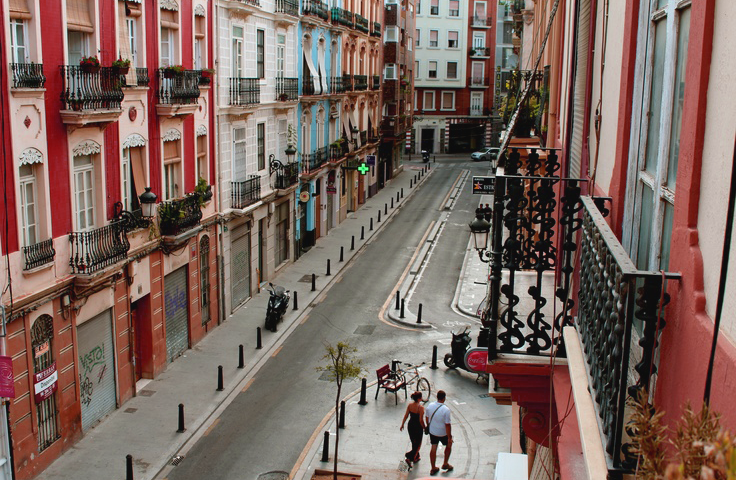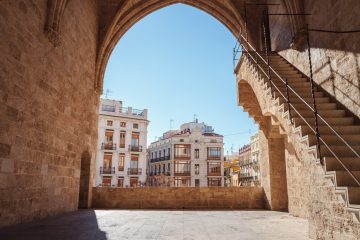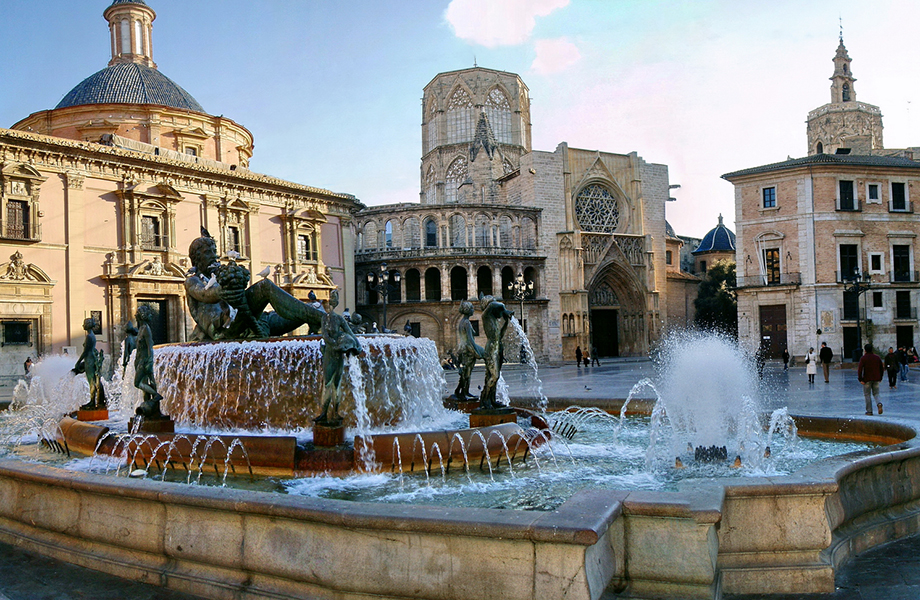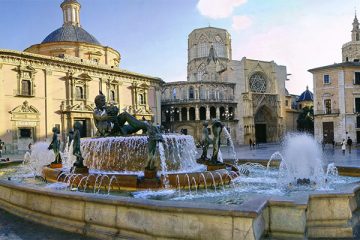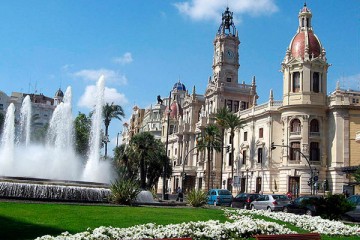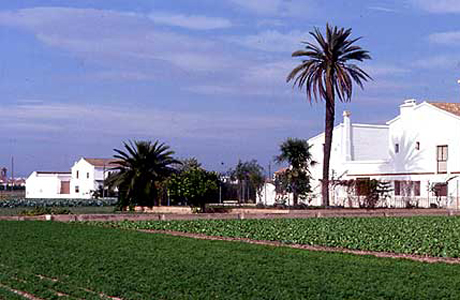Follow this on-foot tour of Valencia to admire and observe the modern architecture that has impacted the city.
There are many things to do in Valencia and there is also a lot to discover. Valencia has a variety of the different art movements when it comes to the architecture. One of them is modernism in Valencia. Don’t hesitate and read further. Also, don’t forget to take a look at all the other tours in Valencia.
Fourth Walking Tour: Modernist Valencia
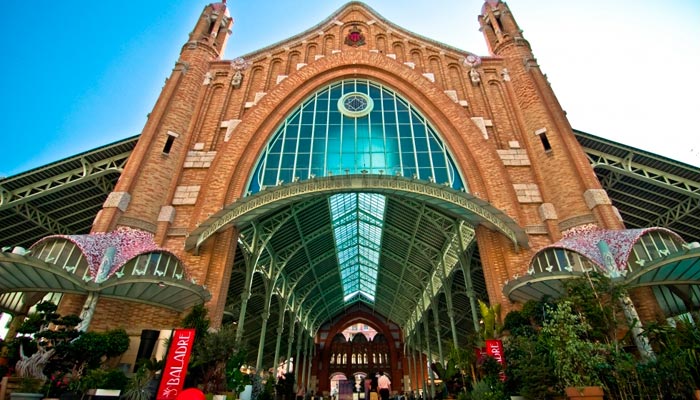 Our journey starts at the beginning of the twentieth century. After the collapse of the city walls, the L’Eixample district was born, a cradle of modernism in Valencia.
Our journey starts at the beginning of the twentieth century. After the collapse of the city walls, the L’Eixample district was born, a cradle of modernism in Valencia.
When the ancient walls of Christian Valencia were knocked down, the Calle Colón became the main street of the town that was sandwiched in between the sea and the neighborhood of Russafa.
The result of this was an upscale urban expansion of L’Eixample. Over a century later, the details of the facades, the style of windows and balconies as well as roofs, the formation of cupolas and attics still show us a time when classic taste unfolded in an array of streets. Colón reigned as the most impressive region with its decorative quality.
The Mercado Colón, or the Colon Market, was built by the architect Francisco Mora and was opened during Christmas in 1916. Its interior decoration display elegant ceramics, the products of the Valencian lands, and respective fauna and flora of the region.
But over time the Mercado Colón fell into disuse until the town undertook a renovation project to convert it into something spectacular; similar to what had been done to the Covent Garden in London.
The result- a selection of terraces perfect for cocktails or tapas set in a relaxing environment. Since 2003, it has been integrated into the life of the city with more than positive results.
A neighborhood with a strong personality
L’Esposione Regional 1909 was a dynamic project that brought to Valencia the best sculptures and architecture in Spain and, arguably, all of Europe to Valencia. This lead to the creation of the Municipal Palace of Francisco Mora and the presence in and around the city of sculptures made by Ramón Lucini and Félix Pizcueta.
 Vicente Ferrer, another Valencian architect of the time, was the creator of Casa de las Naranjas located in Calle Cirilo Amorós at number 39. In the same street at number 48 you can find the home of Matias Romero.
Vicente Ferrer, another Valencian architect of the time, was the creator of Casa de las Naranjas located in Calle Cirilo Amorós at number 39. In the same street at number 48 you can find the home of Matias Romero.
Other notable works in Russafa are the Basilica of San Vicente Ferrer. Carlos Turia created works of art in memory of Tomás Trenor and promotion of this exhibition proved important to the city.
With rich vegetation, the neighborhood is populated with terraces in summer and outdoor sculptures that are well grafted in the natural urban landscape of the area.




